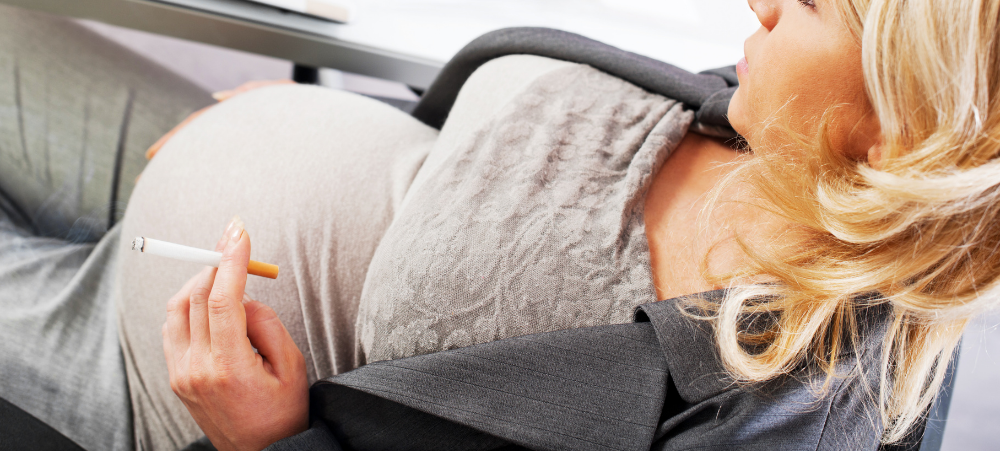Moms out there who have had or are planning to have a caesarean we’d like to give you a few tips and coping mechanisms regarding that sometimes very scary and difficult recovery period. First and foremost a caesarean delivery can be considered as major abdominal surgery therefore postpartum return to exercise must be delayed until you have made a complete medical recovery. We therefore strongly suggest that your doctor needs to give you the “green-light” to commence exercise. Generally, it takes about 6 weeks for your stitches to heal if you have experienced no other complications. So here are our top 5 tips on coping with the return to exercise post C section.
1.
First and foremost, getting in and out of bed… There’s no two ways about it, you WILL need to get in and out of bed countless times during the night to tend to that new born so here’s our advice as to how to protect that wound as well as your lower back when getting in and out of bed:
- Bend your knees up one at a time
- Roll onto your side with your knees still bent and together
- Push yourself up with your arms (Not sitting up using your abs), allowing your legs to swing down towards the floor
- Stand from this position
- Do the same in reverse to get back into bed
2.
It has been suggested that new moms are, in fact, encouraged to walk as soon as possible after a caesarean delivery. Walking increases blood flow circulation, which helps speed up the healing process. Therefore it is safe to suggest that you should be up and walking as soon as your spinal block has worn off. So up you get, have a nice warm shower and then start with little bouts of walking to and from your baby and around the maternity ward as much as possible. Increase these bouts of walking slightly each and every day leading up to your 6 week doctors check-up. Remembering that if you would like to go walking with your baby, use your pram rather than a front pack or sling as this can stress your core and lower back.
3.
Now for our personal favourite piece of advice for that 6 week recovery period, begin practising your pelvic floor exercises as soon as possible. Pregnancy can put a strain on your pelvic floor, so these exercises are important, however you gave birth. Every time you lift your baby, tighten your pelvic floor muscles and lower tummy muscles at the same time. This will help to protect your lower back, and will prevent you from any accidental leaking.
4.
Whether you choose to breast feed or bottle feed your new born we suggest that you make sure you’re always seated comfortably, someone once told me to make sure that I bring my baby to me rather than taking me to my baby during a feed which made perfect sense. Avoid hunching over/leaning down to feed your baby. Feed in a comfortable and well supported chair that also supplies arm support and where possible make use of a feeding pillow so that it does the work rather than you bearing the weight of your baby.
5.
Last but certainly not least, make use of any and all medication given to you. You will probably be supplied with a week to 10 days’ worth of pain relief, anti-inflammatory and constipation medication, and while you might start to feel great a couple of days after leaving hospital and think that you no longer need these meds TAKE THEM! They have been given to you for a reason which is to support your body during the inflammatory response of healing and so they are a necessity.
- Learning to love your postpartum body - March 22, 2018
- The do’s & don’ts of returning to exercise after a caesarean section - March 15, 2018
- 5 Tips for coping with a newborn and a toddler - February 8, 2018





